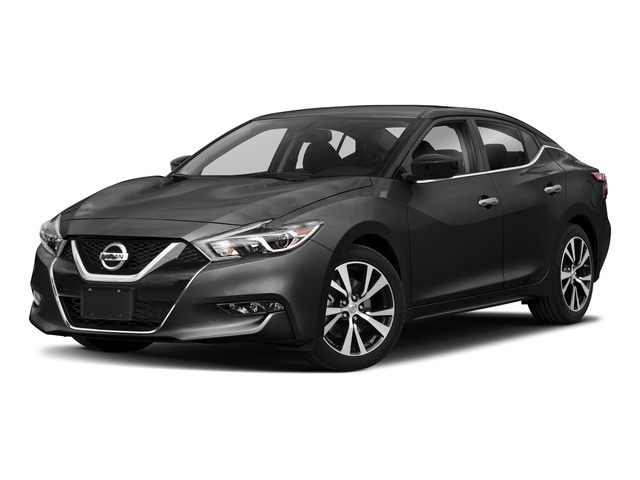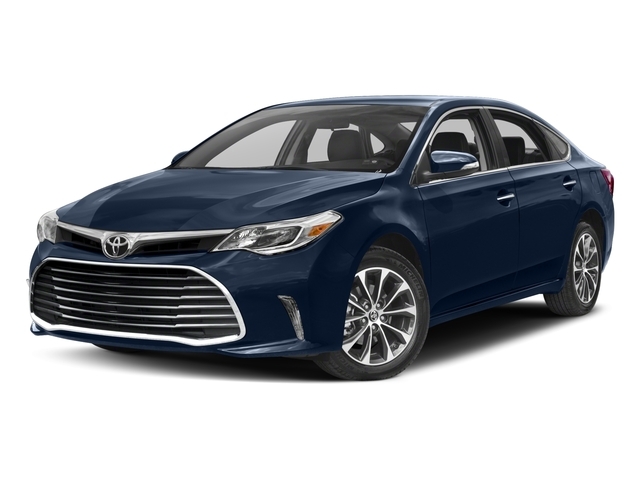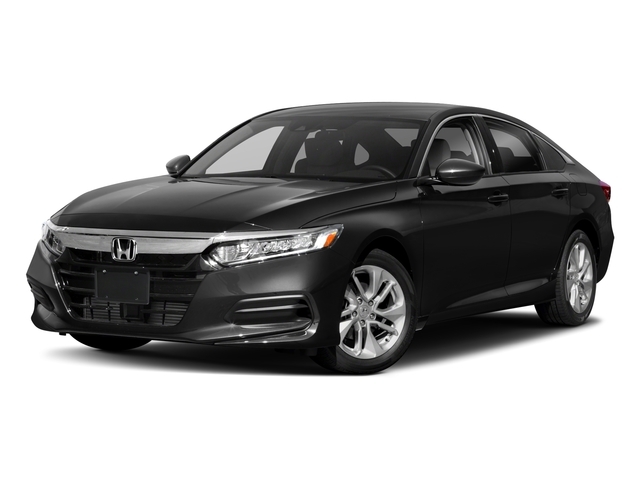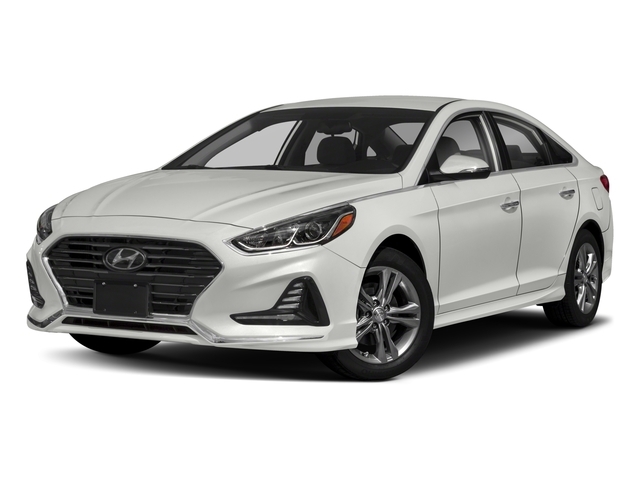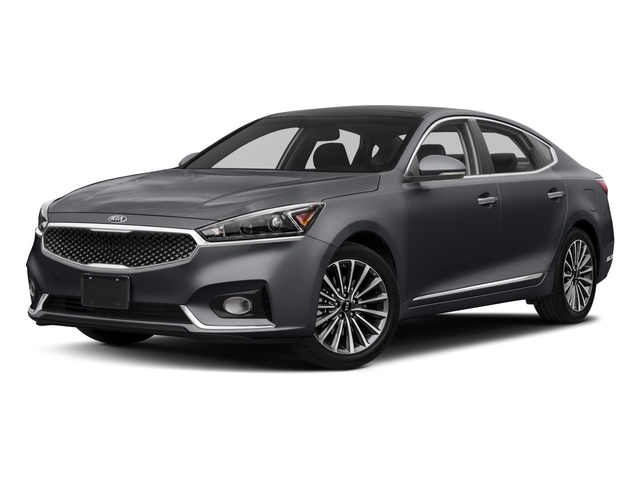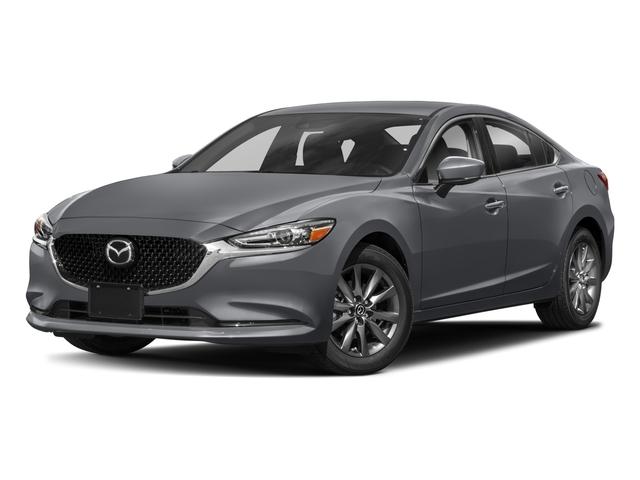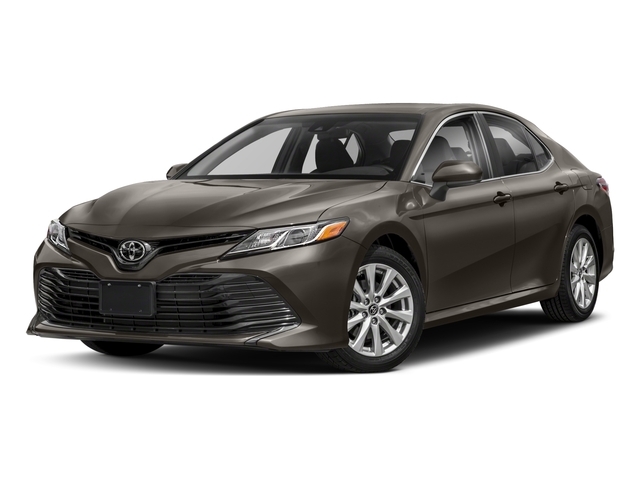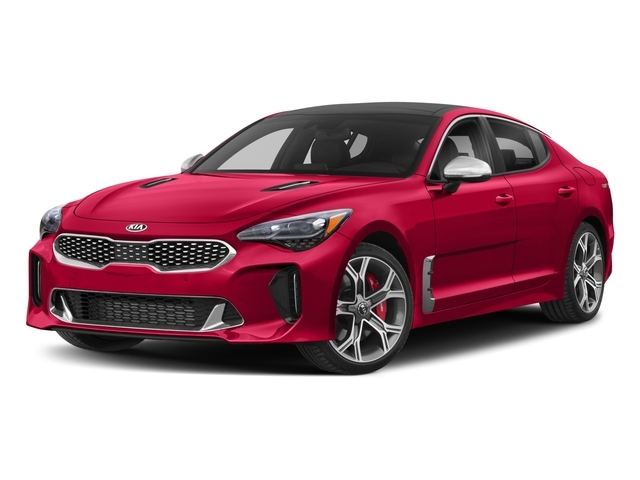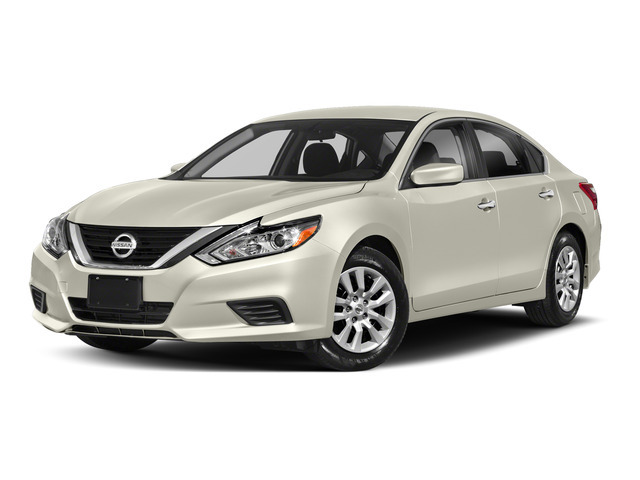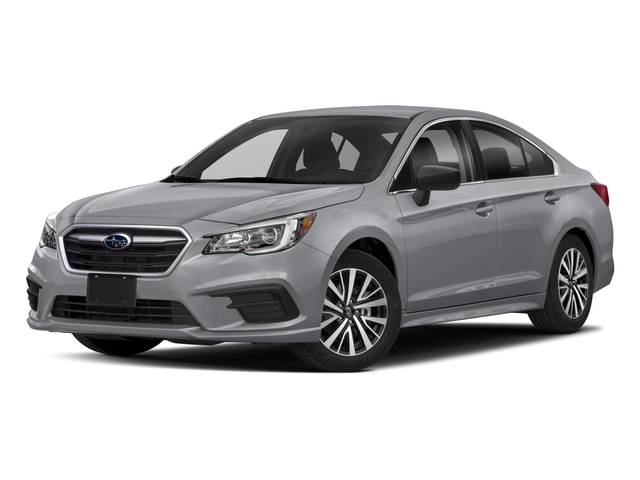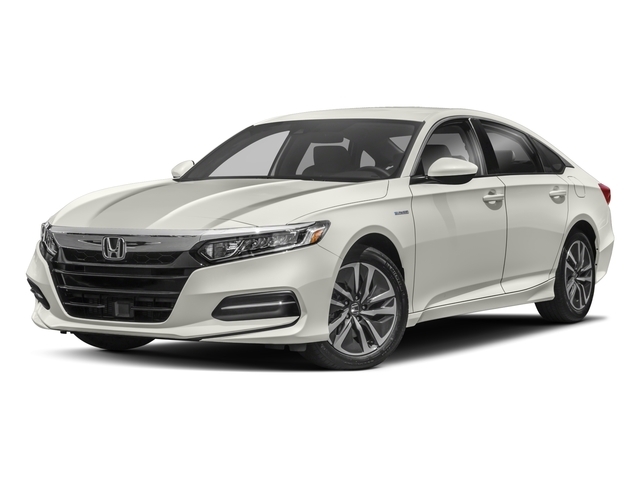2018 Kia K900

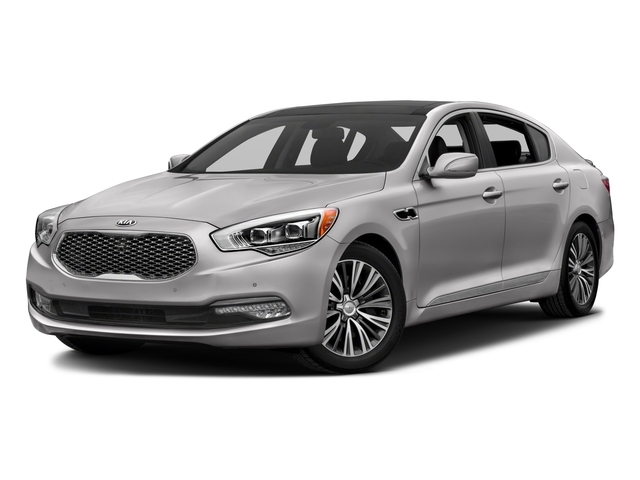
Key Specifications for 2018 Kia K900






Buyer’s Guide
Climb the ladder to the top of the Kia range and you’ll find a big sedan called the K900. Introduced as a 2015 model, it’s based on the same underpinnings as the Hyundai Equus, a car that has since been replaced by the G90 in that brand’s now stand-alone upscale Genesis brand.
It’s a good example of Hyundai keeping the newest and -- it hopes -- best stuff for itself while making Kia wait: that Equus platform was already six years old when the K900 came to market.
And Kia doesn’t seem keen to put much more effort into this big sedan, which returns unchanged for 2018, its second year with no updates.
Still, the K900 is a strong value when lined up with other upscale flagships, particularly cars like the BMW 7 Series, Audi A8 and Mercedes-Benz S-Class. Ironically, Kia’s toughest competition is from the Genesis G90, which boasts a newer and better-sorted chassis.
The K900 offers a choice of engines in its 3.8L V6 (311 hp; 293 lb-ft) and a 5.0L V8 that makes 420 hp and 376 lb-ft, both of which come coupled to an eight-speed automatic transmission and rear-wheel drive.
To us, the lack of AWD is one of the K900’s most glaring oversights as the majority of luxury sedans in all size classes now include four-wheel traction as a way to put power to pavement as efficiently and with as little drama as possible.
The smooth, strong V8 makes the K900 a swift car, and one eager to spin its rear tires.
No matter how you drive it, this big Kia packs in a lot of standard luxury features, including heated and ventilated front seats, heated rear seats, three-zone climate control, power rear sunshade, digital gauge cluster, HID headlights, 18-inch wheels and a dynamic damping suspension. The top-trim V8 Elite model gets niceties like LED headlights and quilted leather seats with ventilated rears and recline.
K900 fuel consumption estimates are 13.8/9.3 L/100 km (city/highway) for V6 models and 15.6/10.6 for the V8.
Review & Compare:
Photos

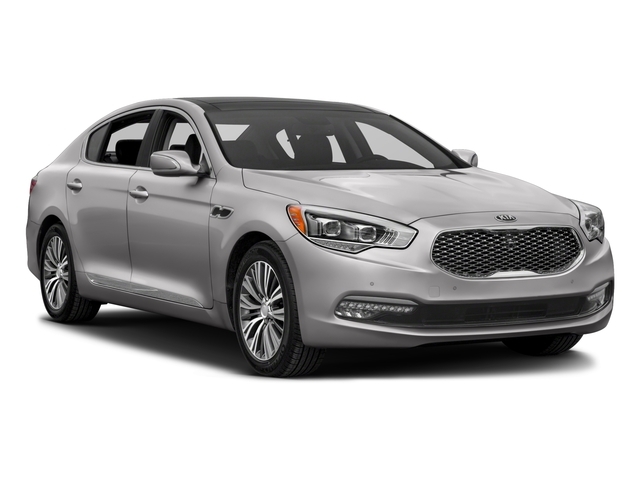
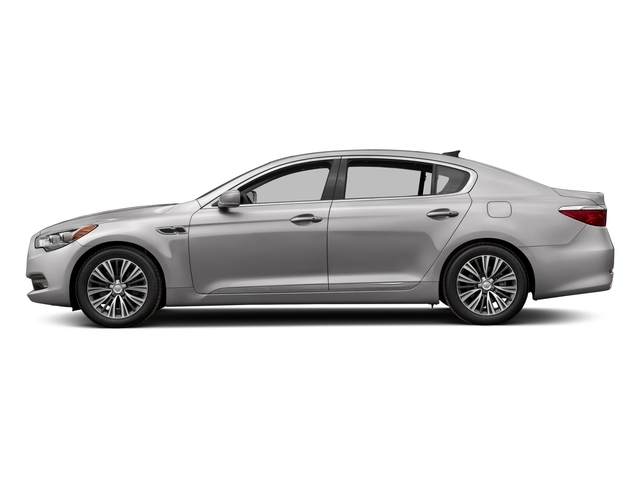
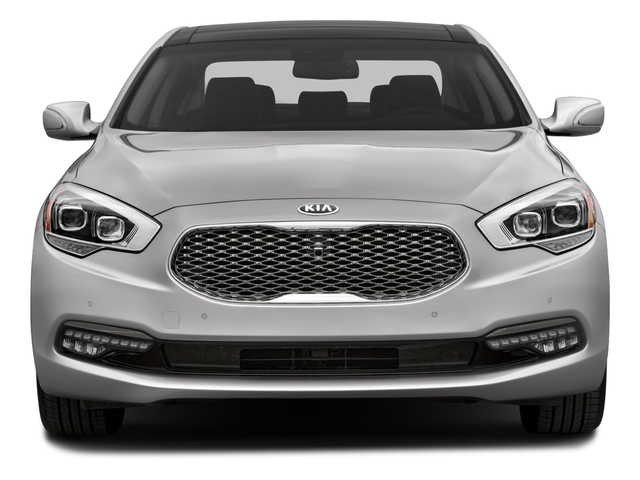
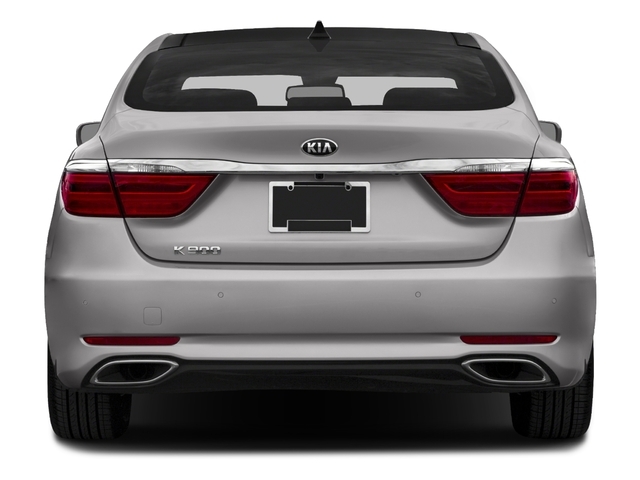
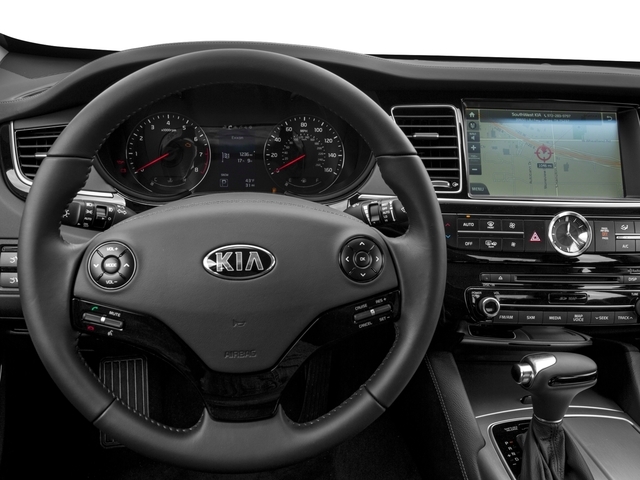
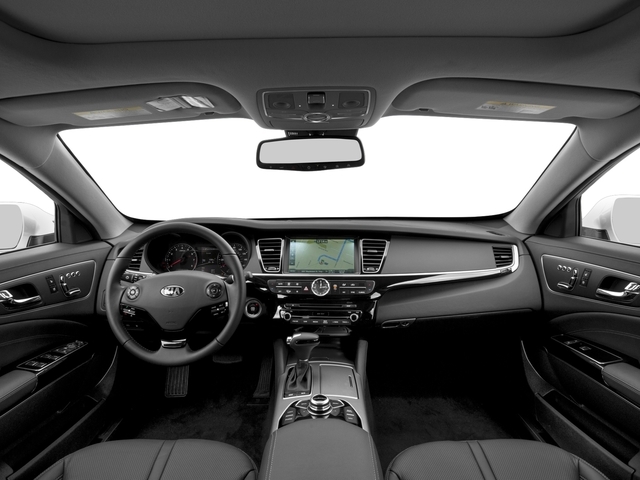
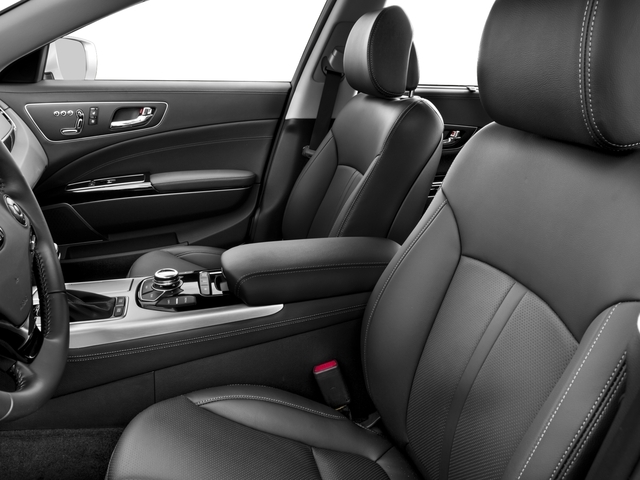
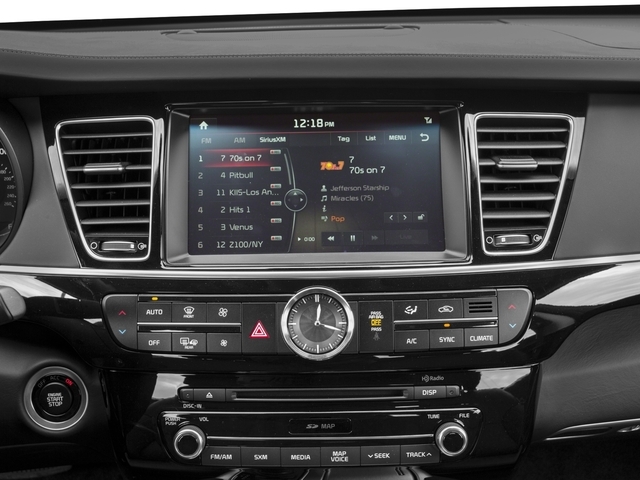
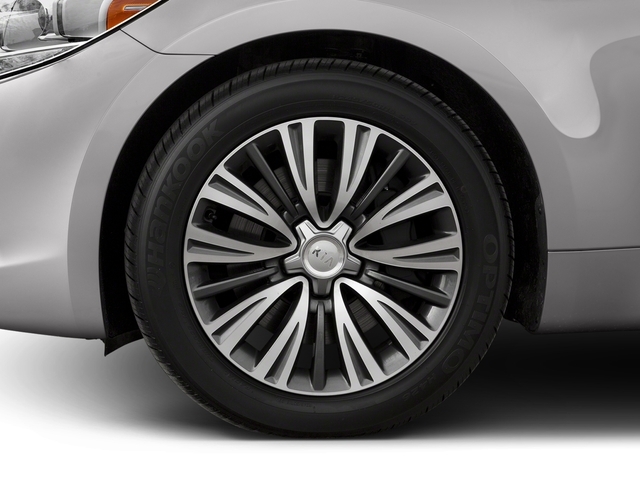
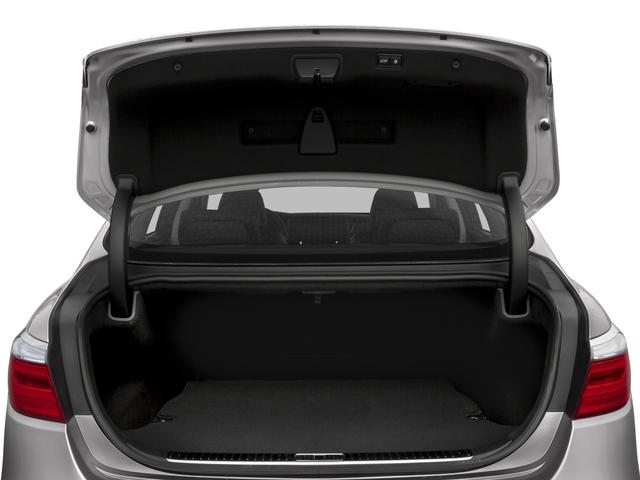
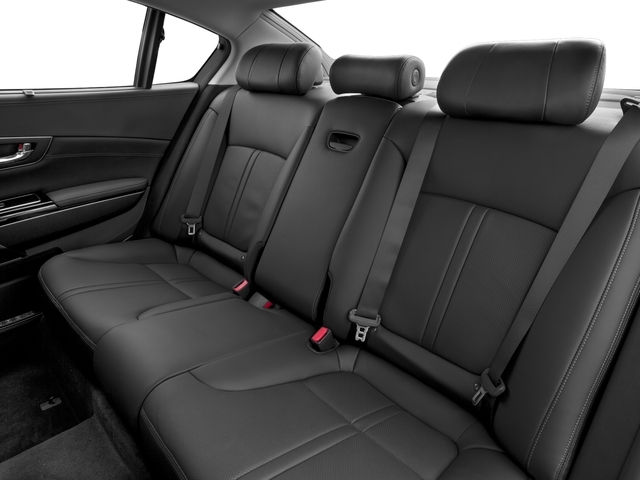

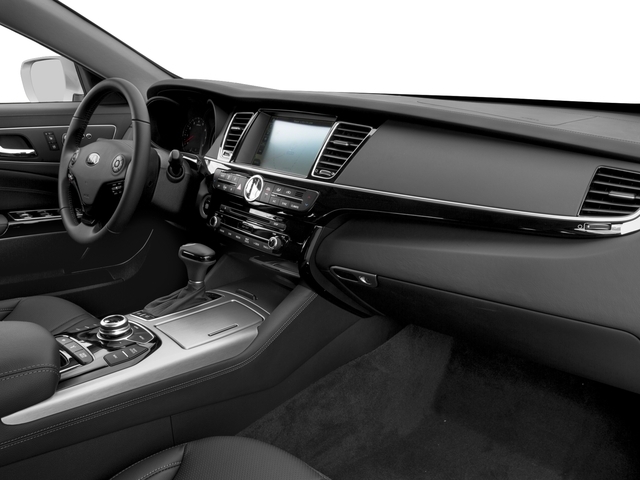
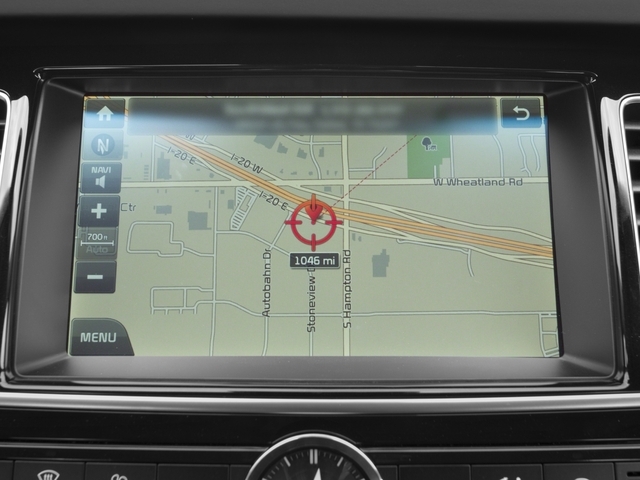
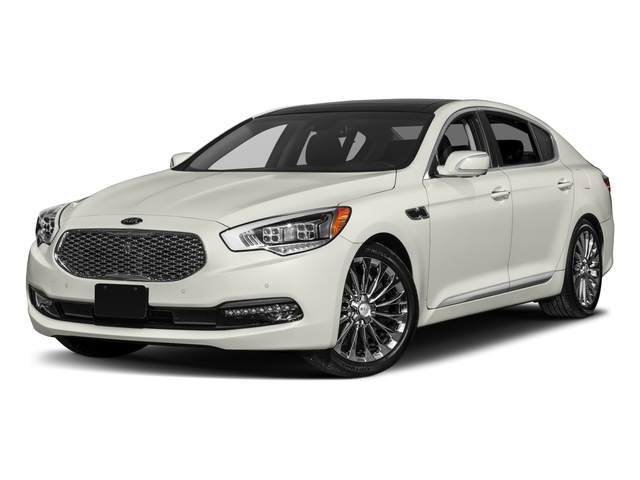
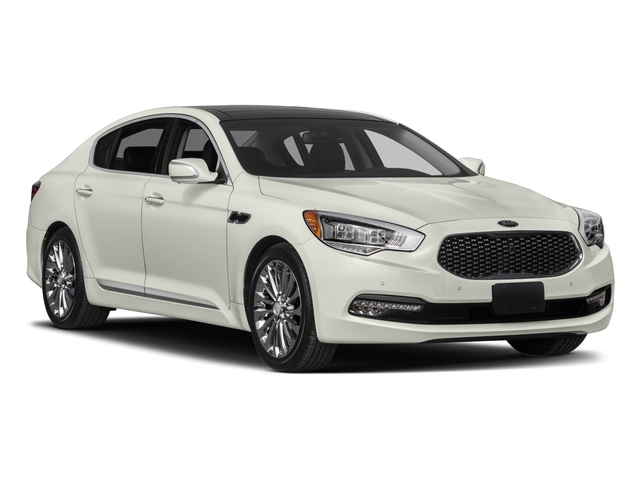
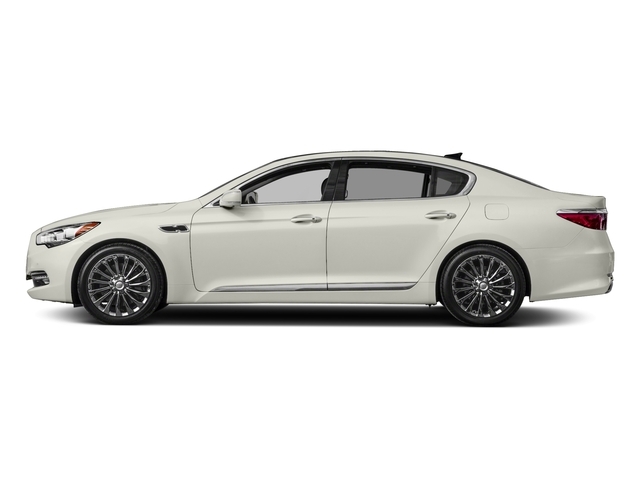

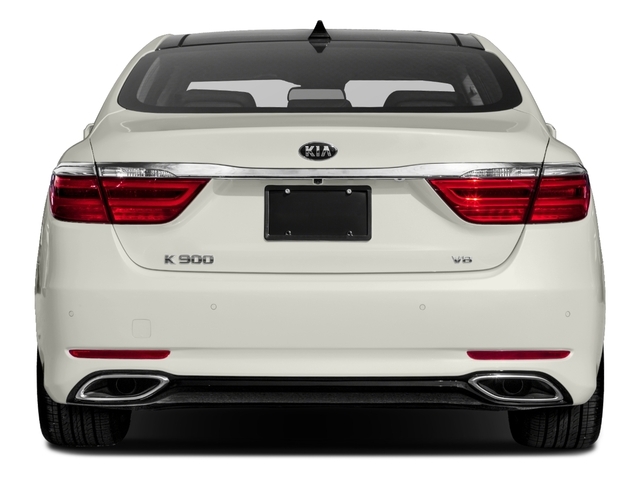
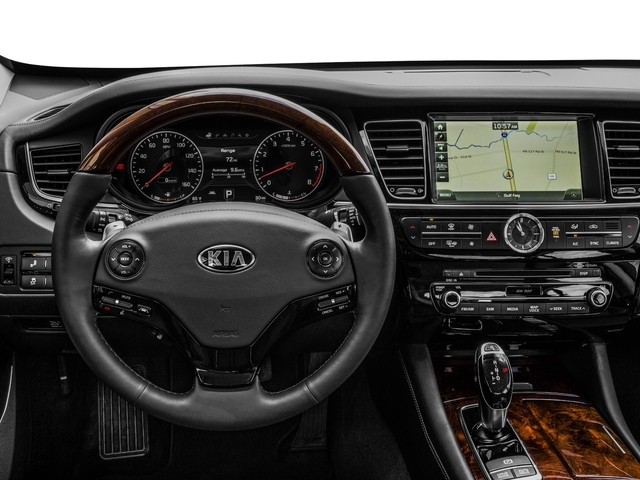
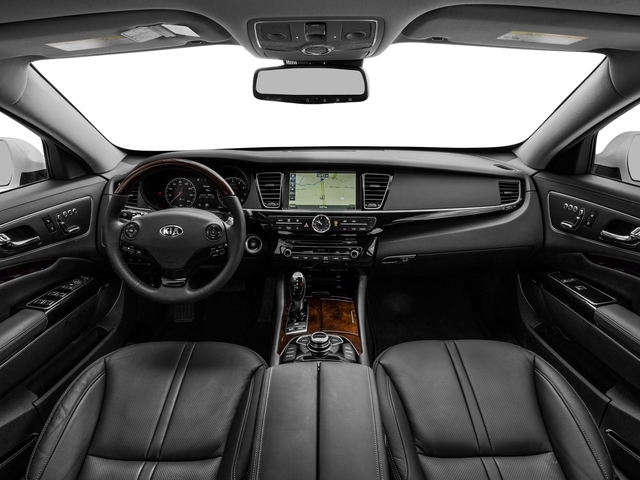
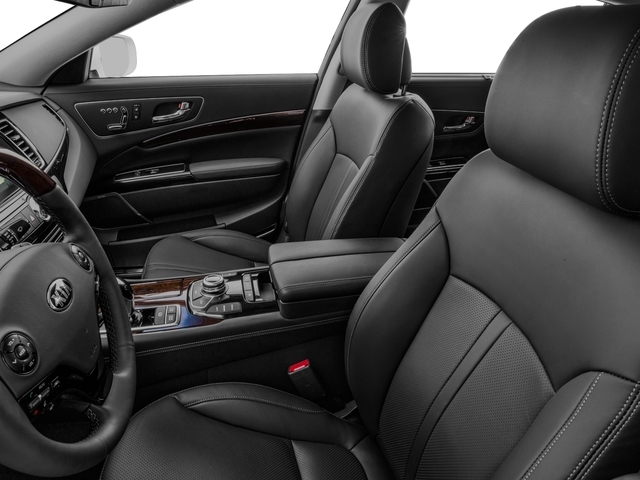
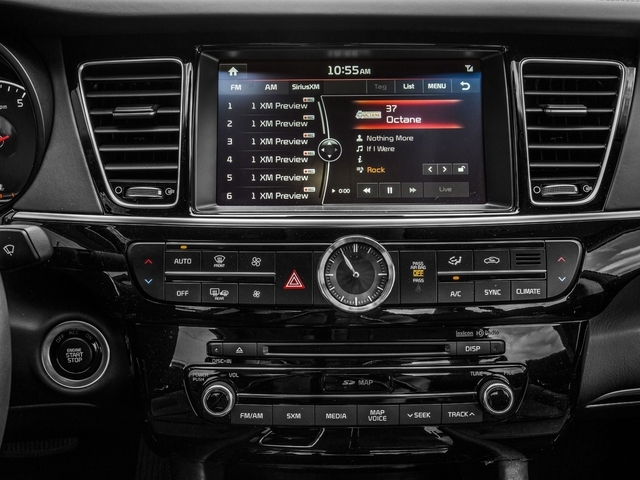

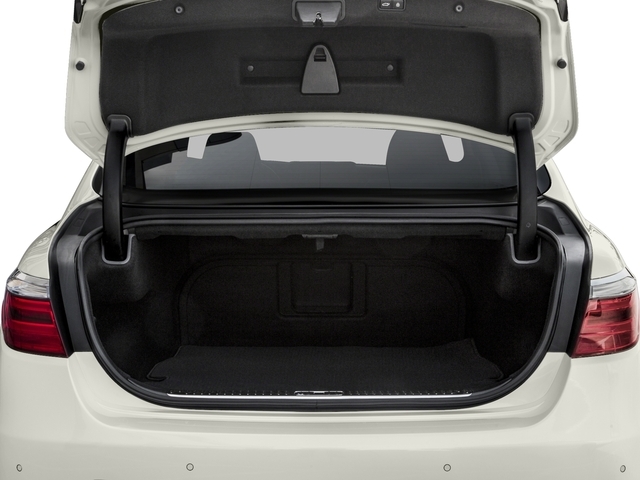

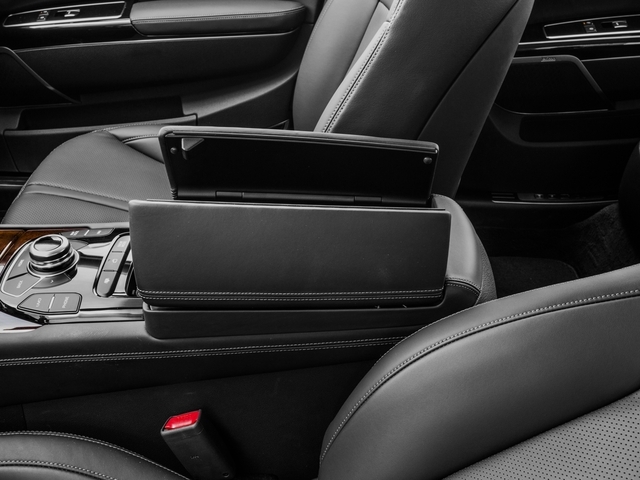
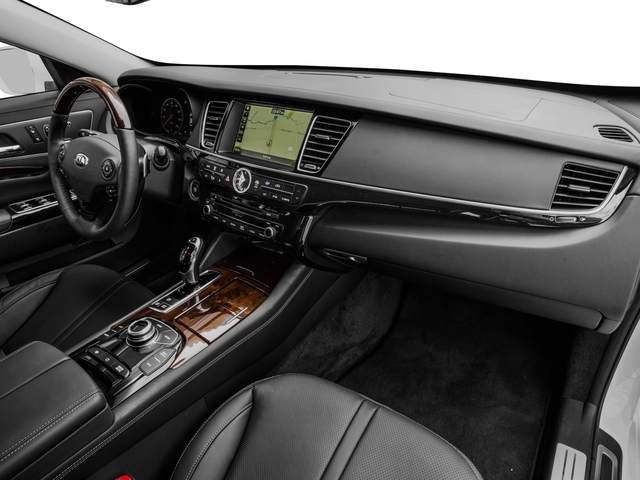
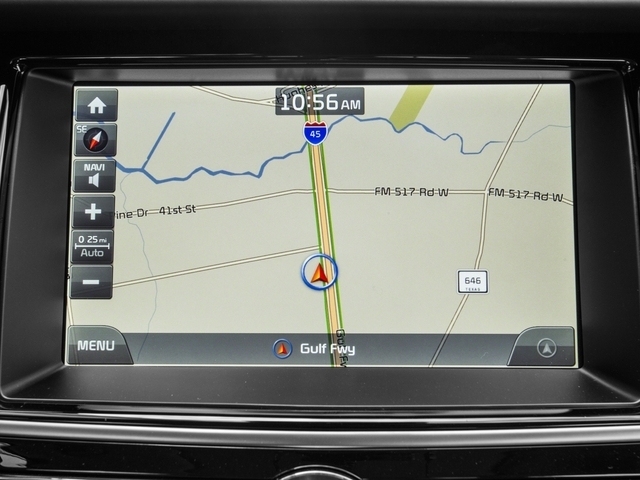






























AutoTrader Review


This vehicle has not yet been reviewed





